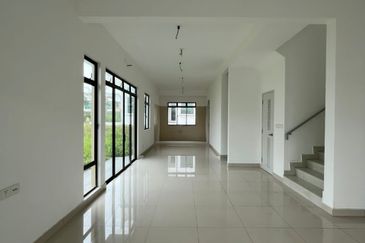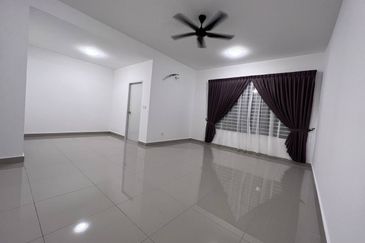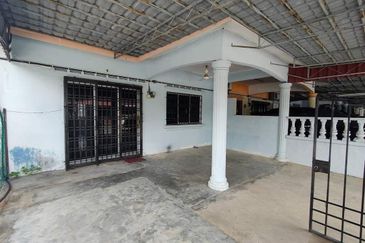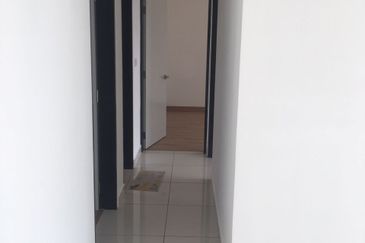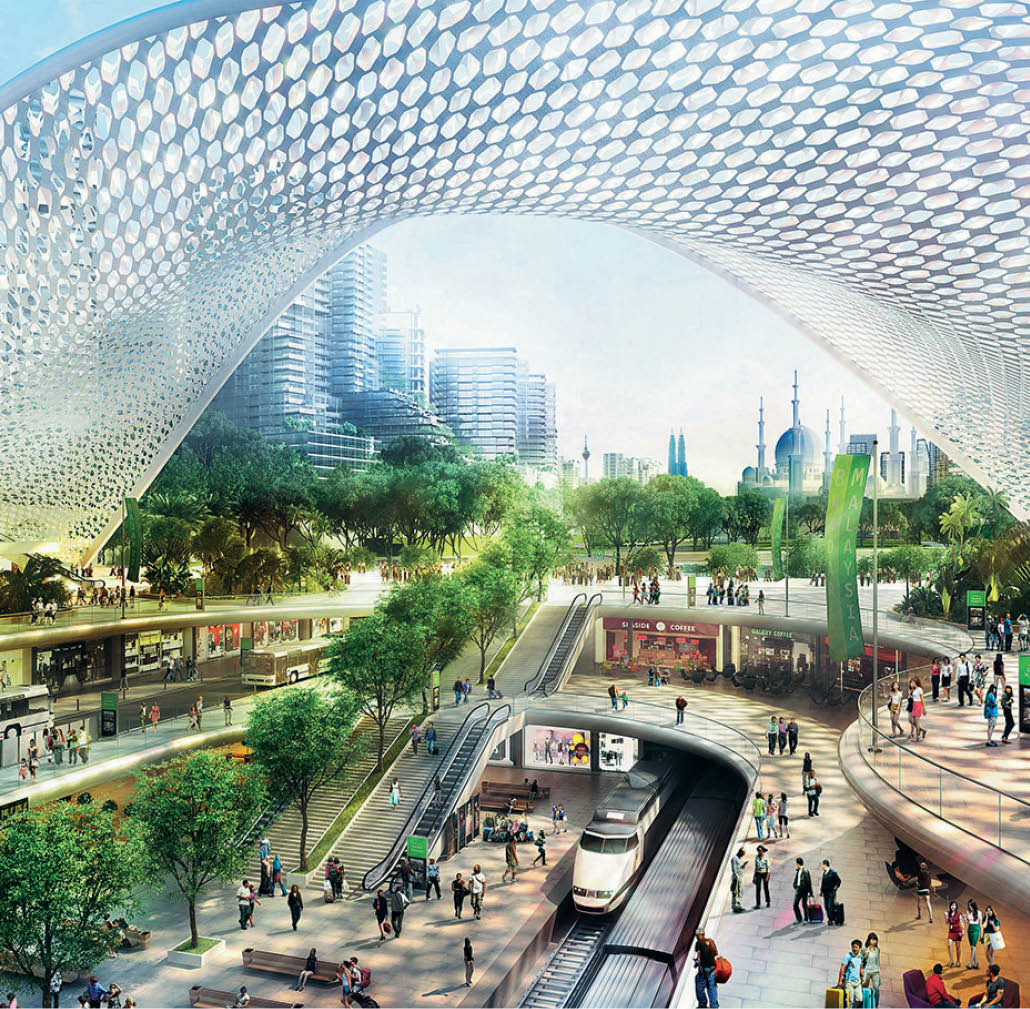
PETALING JAYA: The high speed rail (HSR) linking Kuala Lumpur and Singapore provides more than speedy travel between the two countries. This game changer of a project will create an economic corridor that will impact significantly on Malaysians, said Iskandar Waterfront Holdings Bhd (IWH) executive vice-chairman Tan Sri Lim Kang Hoo.
Lim would know. He bore witness to how the creation of the Iskandar Malaysia economic growth corridor in Johor back in 2006 successfully revived the state in the wake of the Asian Economic Crisis.
“Yes, the property industry is cyclical. But developers have learnt from the 1997-1998 downturn. Developers who had invested in Iskandar those days are now laughing their way to the bank,” Lim said, adding that he sees the current supply taken up and occupied with the present-day increasing economic activities in Iskandar.
The 350km HSR, Lim told TheEdgeProperty.com in an exclusive interview, is a boon not just for the property sector. The project will open up opportunities to port, airport, cargo and all other industries along the alignment besides Kuala Lumpur and Iskandar Malaysia.
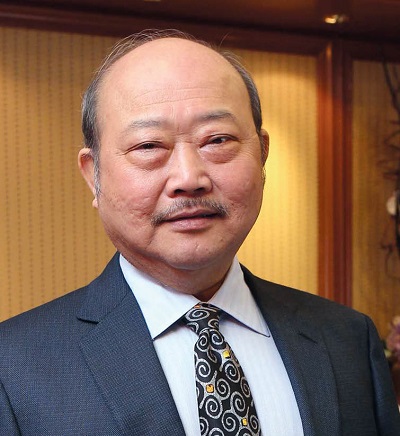 “Everyone including professionals, businessmen and all the people in Malaysia and Singapore will benefit as it will shorten travel time by linking Kuala Lumpur International Airport (KLIA) and Changi Airport,” he added.
“Everyone including professionals, businessmen and all the people in Malaysia and Singapore will benefit as it will shorten travel time by linking Kuala Lumpur International Airport (KLIA) and Changi Airport,” he added.
“HSR joins both countries into a one-and-a-half-hour economic zone. It will enable people to make a round trip in just a few hours,” said Lim.
“The connectivity is very important, and that is a game changer for Kuala Lumpur.”
Lim believed the economic zone will attract foreign direct investment (FDI), and mitigate or reverse brain drain in Malaysia.
He recalled how Iskandar Malaysia was initially met with scepticism when it was launched in 2006.
“During the 1997 financial crisis, Johor was the market with the highest level of property oversupply, so people laughed at Iskandar Malaysia when the government launched it. But the government has proven these people wrong,” Lim said.
Fast forward to the present, Lim hoped that people can see and act immediately on the opportunities arising from the implementation of the HSR.
At the top of the list would be Bandar Malaysia, a project undertaken by the Ministry of Finance (MoF) and IWH CREC Sdn Bhd (a joint venture between IWH and China-based China Railway Engineering Corp (CREC)).
Bandar Malaysia, an integrated underground city that never sleeps, is poised to be the catalyst for the transformation of greater Kuala Lumpur.
Malaysia’s first integrated development to be built under the public-private partnership (PPP) model, Bandar Malaysia will comprise a theme park, underground city, retail outlets, office tower, high-rise residential property as well as a transport hub with access to the HSR, mass rapid transit (MRT), light rail transit (LRT), express rail link (ERL) and KTM Komuter.
“The project aims to attract a population of 800,000, and also 500,000 people in and out every day as the HSR will provide greater connectivity for people,” said Lim.
Phase one of Bandar Malaysia will sprawl over 100 acres and it is expected to be completed in six to eight years.
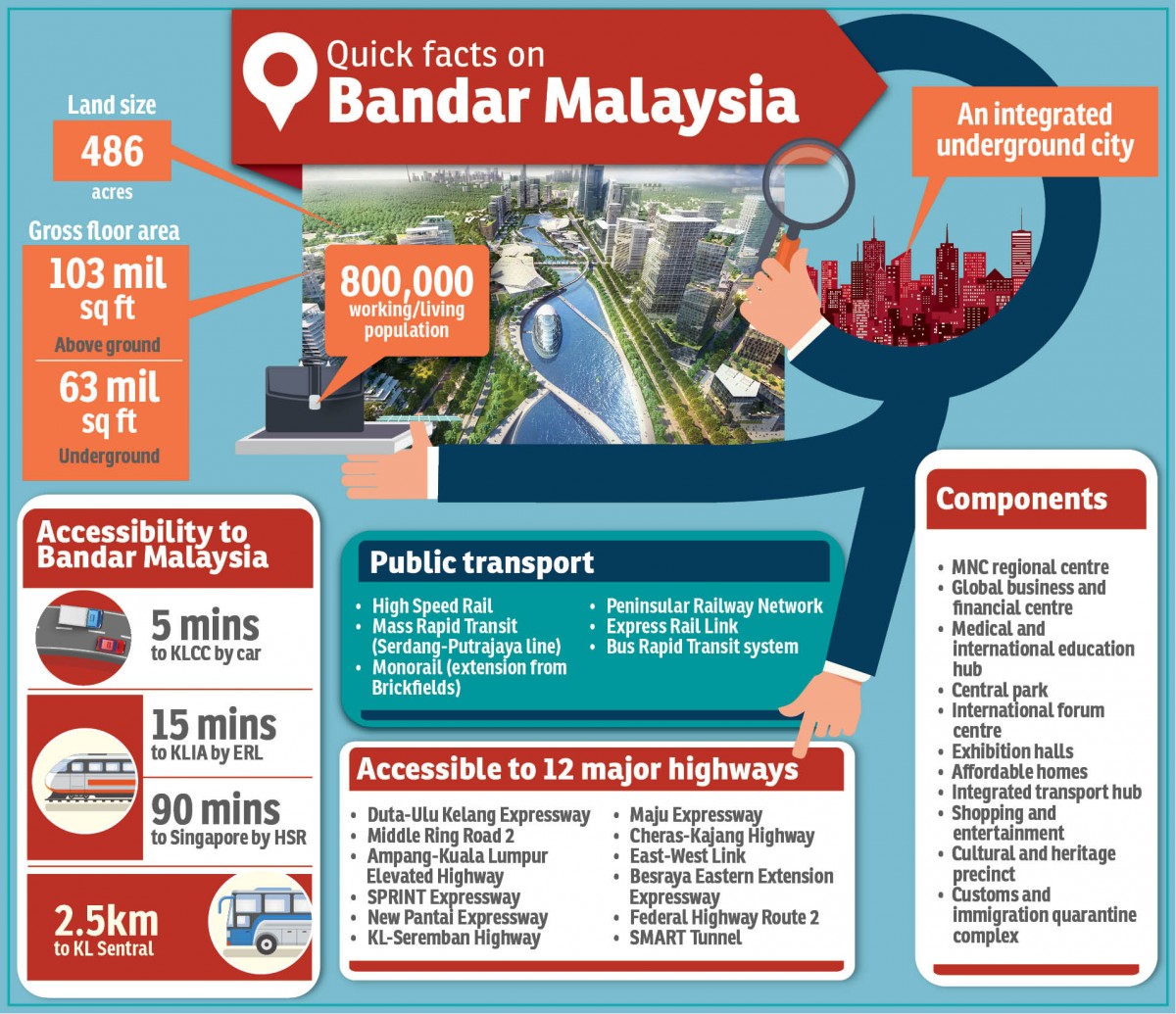
“The upside will be there. We’re the highest bidder of Bandar Malaysia because we see the potential,” Lim added.
To recap, the government of Malaysia and Singapore on July 19 inked a memorandum of understanding (MoU) to kick-start the HSR project with a view to execute a legally binding bilateral agreement by year-end.
The HSR will have eight stations — six intermediate stations in Putrajaya, Seremban, Ayer Keroh, Muar, Batu Pahat and Iskandar Puteri, and a terminus each in Bandar Malaysia and Singapore.
This story first appeared in TheEdgeProperty.com pullout on July 22, 2016, which comes with The Edge Financial Daily every Friday. Download TheEdgeProperty.com pullout here for free.
TOP PICKS BY EDGEPROP
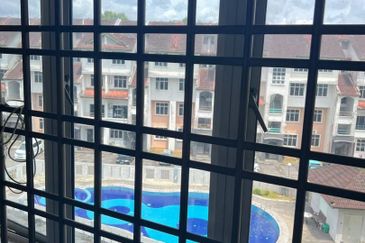
Summer Park Townhouse (Pangsapuri Alam Jaya), Bandar Baru Seri Alam
Masai, Johor

Residensi Hijauan (The Greens)
Shah Alam, Selangor
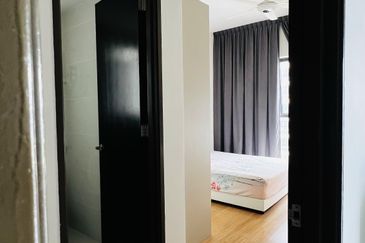
Baypoint @ Country Garden Danga Bay
Johor Bahru, Johor
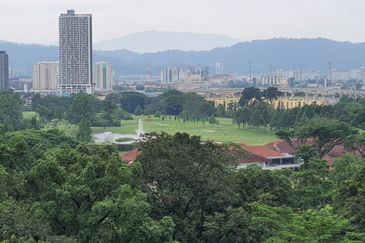
Menara Bintang Goldhill
Bukit Bintang, Kuala Lumpur
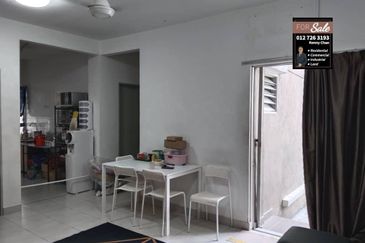
Pangsapuri Akasia, Bandar Botanic
Bandar Botanic/Bandar Bukit Tinggi, Selangor
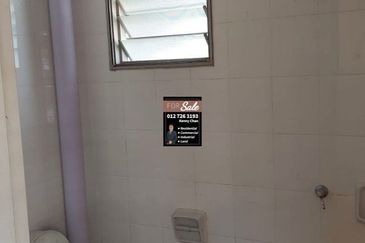
Pangsapuri Akasia, Bandar Botanic
Bandar Botanic/Bandar Bukit Tinggi, Selangor

